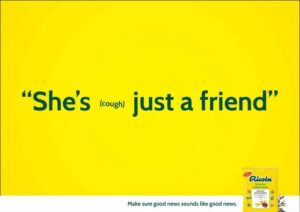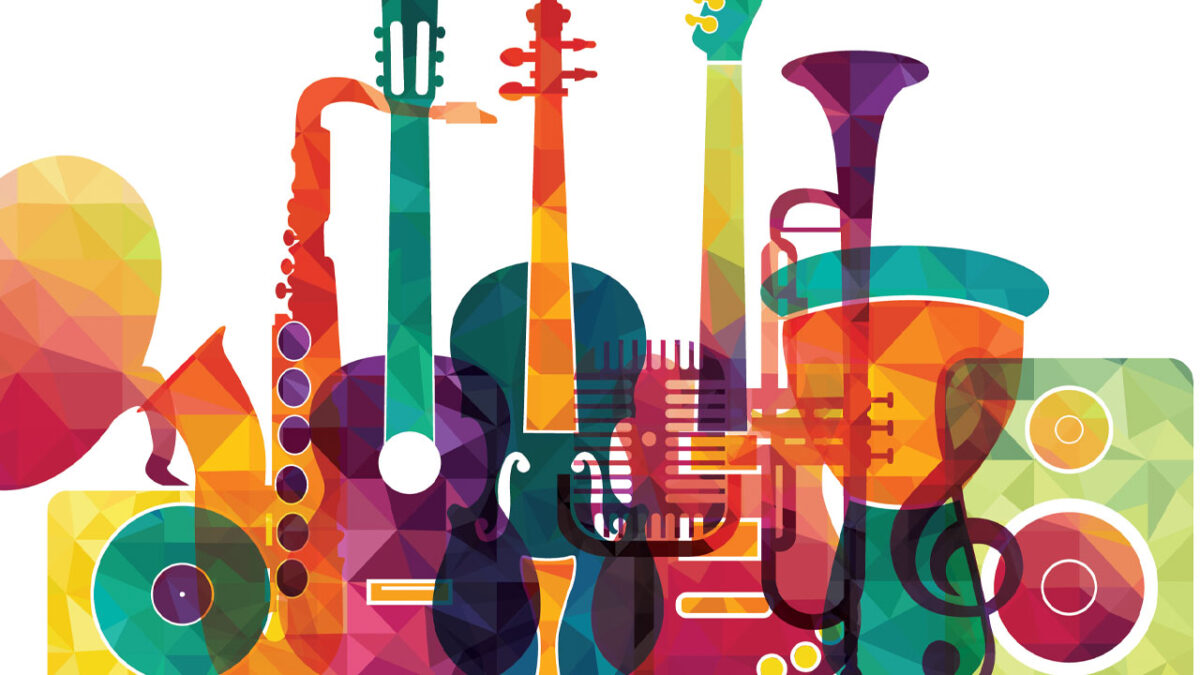Musings From the New Writer on the Block
In this blog series, Brian or “New-B” (aka the newbie copywriter) explores messaging conveyed in unexpected places and how interconnected messaging can be found everywhere in our everyday lives. It’s a big world out there, and he's trying to make sense of it.
Part One: How Good Marketing Is Like a Symphony
Good marketing can be found in unexpected places. It’s not limited to TikTok trends or listicles; powerful writing and timing can spark emotions and prompt quick action. Playing music for 15 years has taught me the intricacies of using a medium to tell a story.
I have been playing one or more instruments since I was seven. I’ve been lucky to perform in honor bands and orchestras and even ranked in the top 10 players in the state as a high school senior. Nowadays, I’m in local community bands, and I still do the occasional gig (I’ve got to keep my playing chops up somehow).
As a copywriter, I appreciate the intricacies of writing and how you can tease, highlight and create compelling narratives. Here are five ways that copywriting is a lot like music (without getting too technical).
Rhythm: Flow and Tension
Rhythm is the foundation of any good piece. A good rhythm gets stuck in your head all on its own (currently, I have the beats to Billy Joel’s "Root Beer Rag" in a constant loop in my head). The nature of stressed syllables in music creates a cadence that can impact how it’s perceived. Think of a catchy tagline. Chances are, part of its appeal to you is the flow of the words. In orchestral music, a common trick that’s done is tension and release. This can be done through chord choices or through silence, which draws out the desired effect. With copywriting, enlightening the audience with a problem or agitation compels the reader to search for a solution. And would you look at that! There’s a solution right at the end that tells the reader to click now, read more or buy now. Word pacing and structure must be intentional to get the desired effect.
Another example: sentence length. Short sentences create choppy rhythms for short and sweet messages. Longer sentences create smoother ideas that feel elegant or more natural. Even punctuation impacts the rhythm of a piece. Commas can create long pauses and dashes might interrupt or emphasize something entirely different.
Overall, rhythm is important to keeping the reader engaged and creating a sense of movement and momentum.
Harmony: Making Connections
When you think of harmony, combining beautiful notes and tones comes to mind. I use that same approach to create my copy. When I want something to sound beautiful or cohesive, those choices can affect how a statement is perceived. The key is creating complementary sentences. A perfect example is this Ricola ad.

Bonus points for providing double meaning with one addition. Notice how many ideas get told from just two lines. When done properly, it will draw readers in and keep them engaged for much longer than it took just to read it. Much like in music, a line can sound nice, but when a second “voice” comes in, it can significantly improve the message. The magic of harmony is that it can reveal tertiary messages that, when put in context, show a greater theme or idea.
Tempo: Picking Up the Pace (or Not)
The pacing of words can impact the power of statements. Slow pieces build tension; long pieces tell a story. Take the Jaws theme. I bet you hummed the infamous two notes. Think of how it starts slow, making the listener perk up their ears. As the tempo picks up, the feeling turns from curiosity to terror as the shark approaches. The notes didn’t change; the tempo just got faster. By using those shorter phrases and punchy lines, you create that sense of urgency. Even if the copy is long, the reader naturally picks up the pace to find the end message or call to action. In copywriting, you want to tell your audience to act now. Word pacing is crucial and should be adjusted according to the medium and the desired impact. Plus, no sharks are needed in copywriting, either.
Dynamics: Emphasis on What Matters
A good composition and a good piece of writing both have the common goal of creating some kind of emotional response. For me, I love songs that make me roll down my windows on a summer night and sing like no one’s listening (if you see me doing that, just ignore me). Think of songs that you sing alone in your car. Some you might just hum; others might make you lose your voice because you’re screaming like a banshee hitting the high notes. Volume/intensity and varying styles and tones often correlate to the individual’s emotional connection to the work. The same rules apply to copy. The bolder it is, the more vocal the statement or the call to action is. If the message is loud, audiences will recall it. It might even move them to tears (if that’s the goal)!
With writing, using pacing, syntax and other elements of style builds a powerful climax, which makes readers relate to some facet of the ad. Powerful statements can convince people to take action. Audiences want to be spoken to directly; otherwise, why would they care? Strong emotional connections can inspire people. Never underestimate the power of dynamics.
Melody: Bread and Butter of Copywriting
Melody is crucial for conveying central ideas or themes. It’s responsible for explaining the trajectory of the material. It may be peppy, sad or even nostalgic. Just like a catchy melody gets stuck in your head, so should your content. By crafting a strong “melody,” messages can be created that are both memorable and impactful.
Deep thought of the day: words on their own don’t contain much meaning beyond their definitions. But combining words and phrases to mimic an idea or a message trying to be conveyed can create the same impact as a catchy melody in music. That same idea also creates brand awareness. You want the message to linger even after audiences have read it. The purpose of the melody in writing is to be easily remembered in order to stand out and connect with audiences in a way that’s meaningful. Cookie-cutter melodies aren’t memorable. Unique, individualized perspectives are. Think of that the next time “Sweet Caroline” is stuck in your head. Crafting a reoccurring motif is tough, but it can make a strong impression.
Altogether, This Makes a Symphony
Understanding the connections between music and copywriting has helped me understand the value of creating impactful and engaging messages. I’m used to incorporating tone and dynamics to convey a message. This is just a different medium with which to do that. Ultimately, thinking of copywriting in a way that relates to music has changed the game entirely for me. So pass the aux; I’ve got some good ideas up my sleeve.

